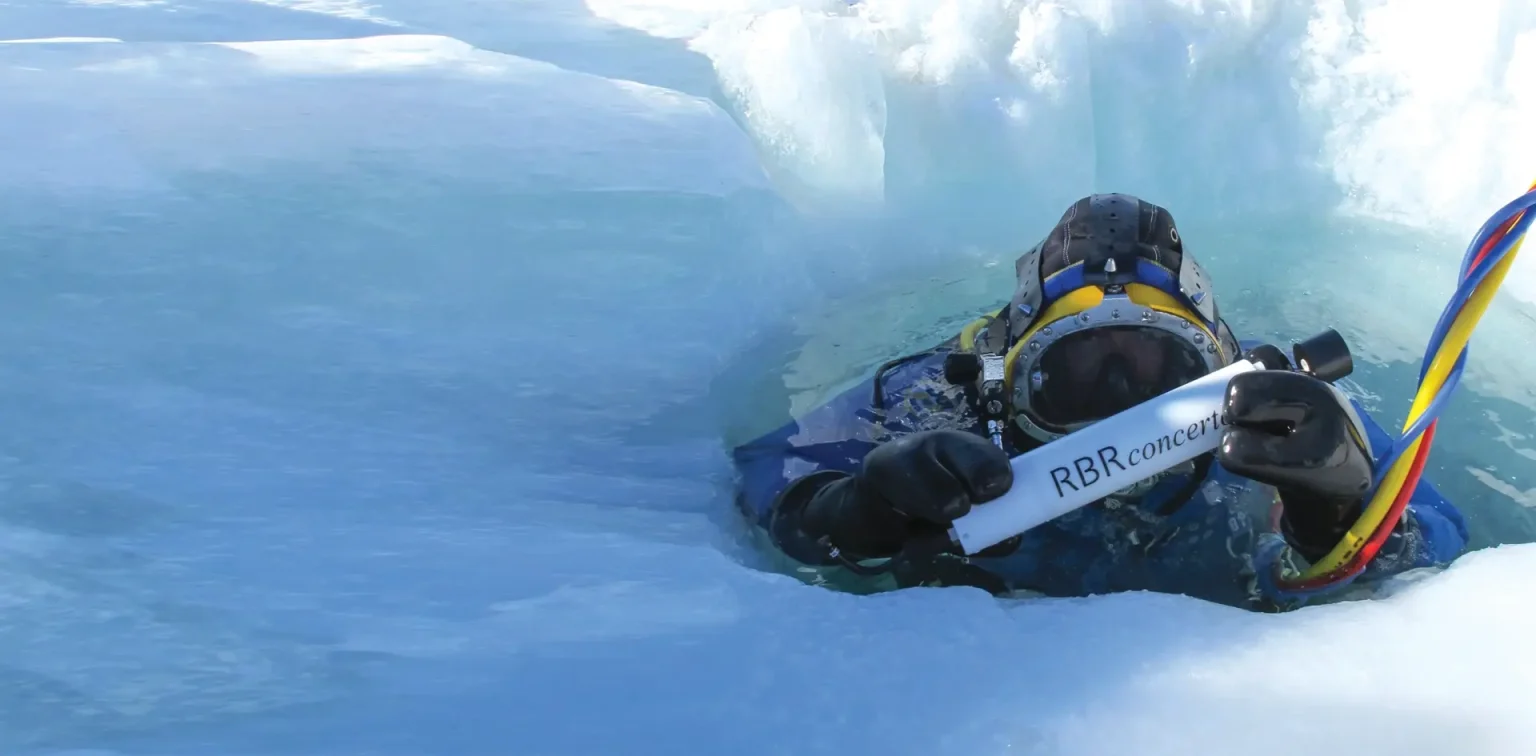Latest User stories
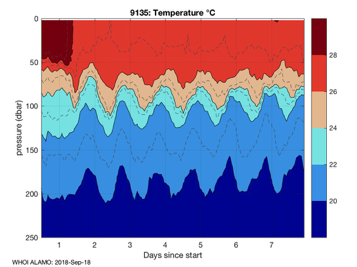
RBRargo CTDs profile under Hurricane Florence and provide critical forecasting data
On September 11, 2018, a NOAA Hurricane Hunter airplane flew into the path of Hurricane Florence and air-deployed 10 RBRargo CTDs…
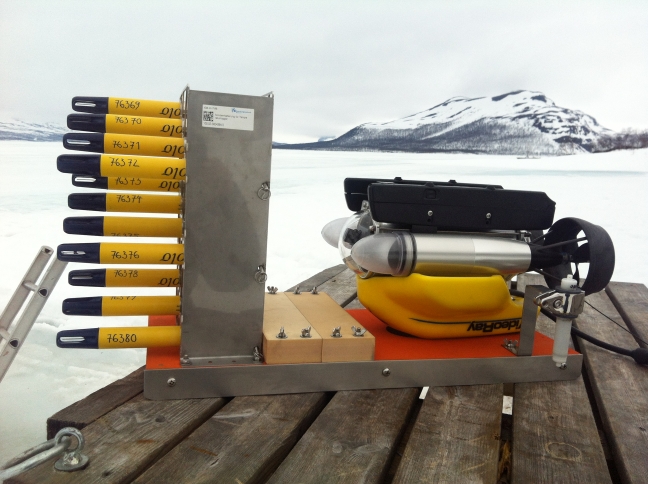
RBR array collects fine-scale measurements in the strongly stratified centimeters-thick boundary layer under seasonal lake ice
Researchers from Germany, Russia and Finland deployed 12 RBRsolo³ T temperature loggers into an ice-covered lake in northern Finland to study…
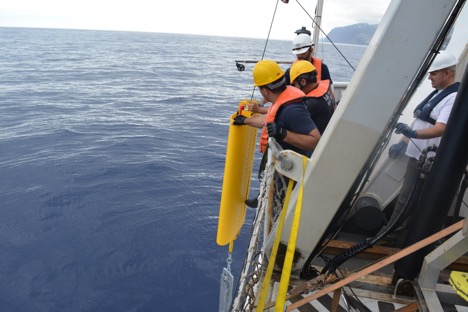
Uncovering the Ocean Dynamics Off the Coast of Madeira Island, Portugal
In the lee of Madeira Island, a famous-to-oceanographers formation occurs. To better understand ‘Madeira-Mode Water’, a team of researchers from the…
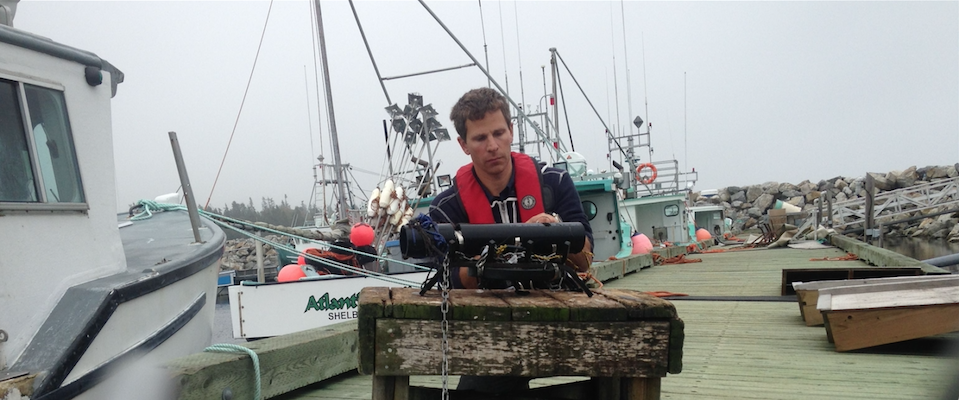
Wave data and modelling inform harbour planning in southern Nova Scotia
The small fishing harbour of Lower Sandy Point, near the southern tip of Nova Scotia, was modified to reduce the agitating…
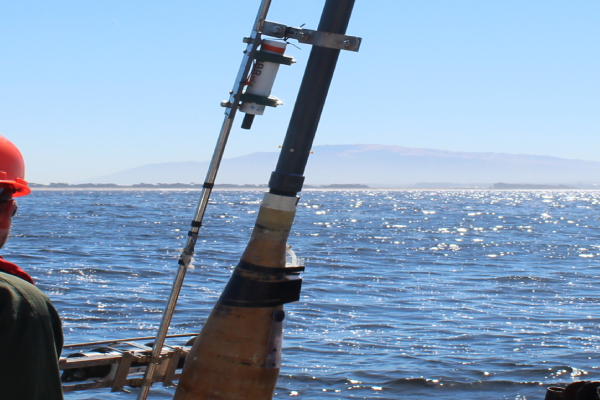
The Coordinated Canyon Experiment: studying Monterey Canyon’s turbidity currents
Turbidity currents deliver sediment from the continental slopes to the deep ocean and threaten infrastructure such as submarine fiber-optic cables. The…
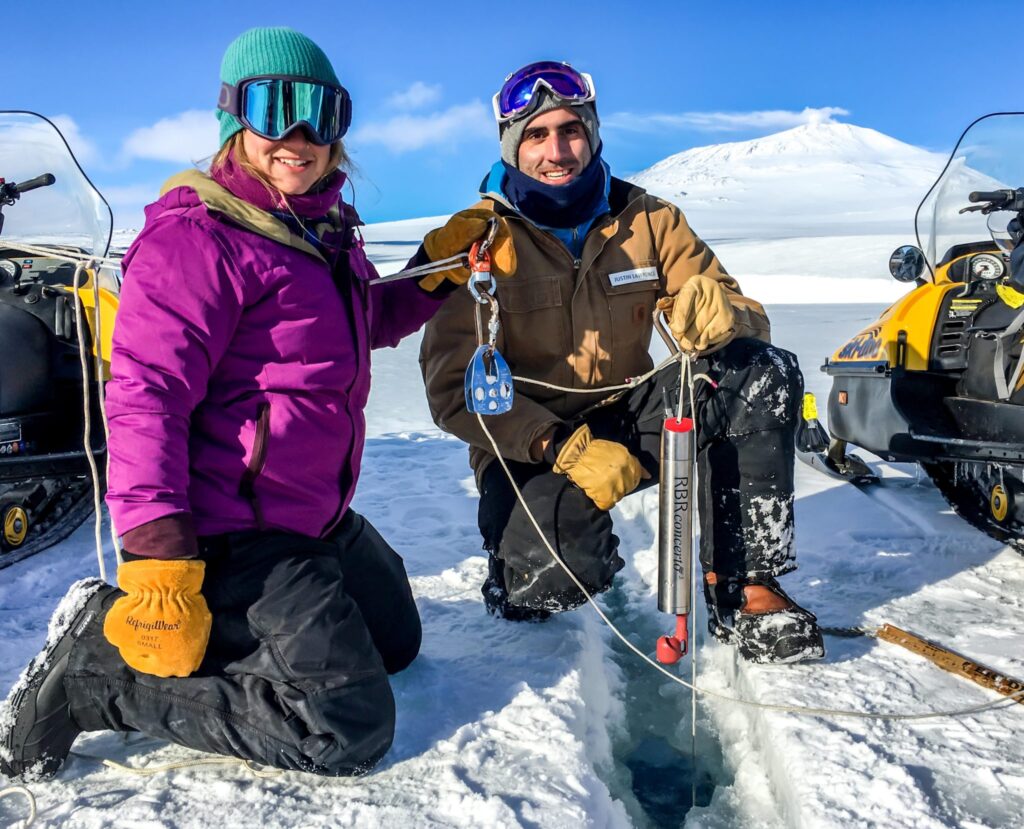
From Antarctica to Jupiter’s Moons
Since 2014, a group of researchers from the Georgia Institute of Technology (GIT) have been working in Antarctica to develop the…
